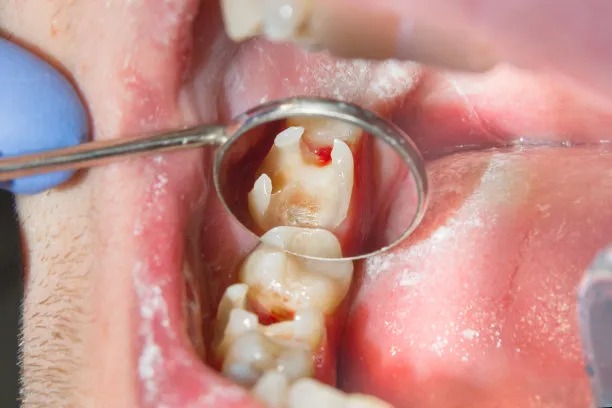Understanding the Process and Importance of Extracting a Tooth for Optimal Oral Health and Wellbeing
Summary: Tooth extraction is an essential procedure in dental care, aimed at preserving optimal oral health and overall wellbeing. This article delves into the significance of extracting a tooth when necessary, the procedural steps involved, the recovery process post-extraction, and how these factors collectively contribute to enhanced oral health. We explore the critical reasons for tooth extraction including decay, crowding, and peri-oral diseases, and emphasize how timely intervention can prevent further health complications. Whether its a routine dental procedure or a necessary medical necessity, understanding the process and its importance ensures that individuals can maintain their health and wellness more efficiently.
1. Reasons for Tooth Extraction in Dentistry

Tooth extraction may be necessitated by various factors, with dental decay being the foremost reason. When a tooth becomes severely decayed, the infection can lead to abscesses, causing pain and further complications. If the tooth cannot be salvaged through restorative methods, extraction becomes essential to protect adjacent teeth and overall oral health.
Another common reason for extraction is overcrowding. In situations where there isnt enough space in the mouth for proper alignment, dentists may remove one or more teeth to facilitate orthodontic treatment, ensuring a healthier bite and an aesthetically pleasing smile.
Additionally, periodontal diseases can make teeth loose, requiring extraction to prevent the spread of infection. Keeping infected or compromised teeth can lead to serious health issues, which emphasizes the importance of assessing oral health regularly.
2. The Tooth Extraction Procedure Explained
The process of tooth extraction typically begins with a comprehensive dental examination, including X-rays. This allows the dentist to assess the tooths condition and plan accordingly. Once the evaluation is complete, the dentist will discuss anesthesia options, which could be local or general anesthesia, ensuring the patient feels minimal discomfort.
Once anesthesia is administered, the dentist maneuvers to loosen the tooth from its socket using specialized instruments. In surgical extractions, particularly for impacted teeth, incisions in the gums may be necessary to safely remove the tooth. This may involve sectioning the tooth into smaller pieces for easier removal.
After extraction, the dentist will clean the area and may place a stitch if needed. Instructions for post-care will be provided, emphasizing how to manage bleeding and pain with appropriate medications if necessary.
3. Recovery Following Tooth Extraction
The recovery process post-extraction is vital for optimal healing. Patients are often advised to rest for 24 hours following the procedure, avoiding strenuous activities that could hinder recovery. Initial discomfort can typically be managed with prescribed or over-the-counter pain relievers.
Moreover, post-operative care is crucial for preventing complications such as dry socket, which occurs when the blood clot at the extraction site becomes dislodged. Following the dentists recommendations, such as avoiding sucking motions and not using straws, will help ensure proper healing.
Patients are generally encouraged to maintain a diet of soft foods and liquids during the first few days post-extraction to minimize discomfort. Gradually introducing solid foods, depending on the level of pain experienced, will assist in the restorative process.
4. Long-term Benefits of Tooth Extraction
While tooth extraction may seem daunting, the long-term benefits can significantly enhance overall oral health. By removing problematic teeth, patients can prevent the spread of infection, contributing to better systemic health far beyond the mouth.
Furthermore, extractions can facilitate improved alignment and bite, allowing for better oral function and aesthetics. This adjustment can also reduce daily discomfort related to temporomandibular joint issues or chronic neck pain, leading to an improved quality of life.
Maintaining regular check-ups post-extraction will also help in monitoring overall oral health, ensuring that any new concerns are addressed promptly. This proactive approach fosters a healthier mouth and enhances ones overall wellbeing.
Summary:
Understanding the necessity and process of tooth extraction is vital for individuals seeking optimal oral health. With timely intervention, proper care, and awareness of recovery and benefits, patients can ultimately enjoy a healthier, more balanced life.
This article is compiled by Vickong Dental and the content is for reference only


